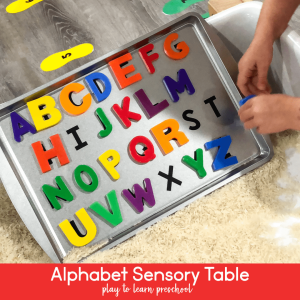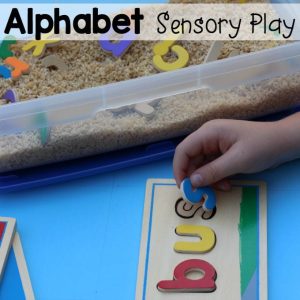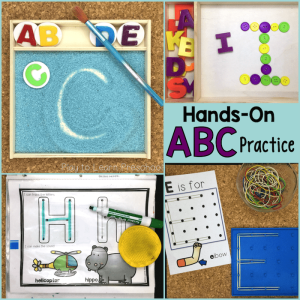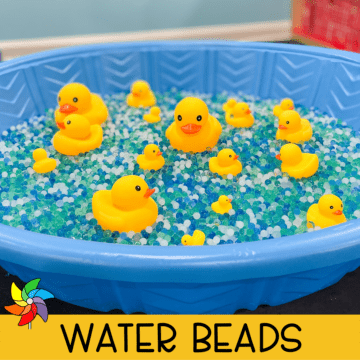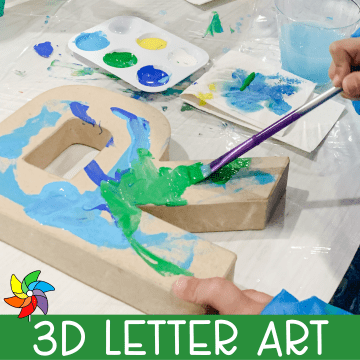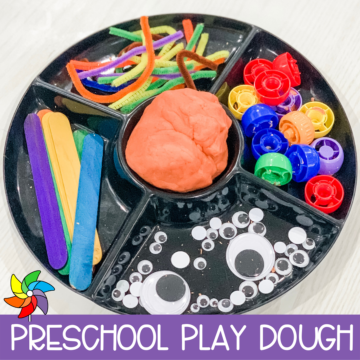Sensory play is a sensational way to learn letters. If you aren’t familiar with it, kinetic sand is an interesting substance. It runs through little fingers like a thick liquid but holds a shape when compressed. Using these kinetic sand letter molds to add an educational twist is a great way to reinforce letter familiarity and word building.
 Why is sensory play important?
Why is sensory play important?
Before the technology explosion, children spent most of their time playing outdoors. They would explore sandboxes, dirt, creeks, and puddles. There was no shortage of sensory play! Now, however, more and more young children are at a deficit of this sensory interaction with their world.
Some pediatricians attribute a rise in behavioral and mental health concerns to this decline in sensory play.
Even as little as ten minutes of sensory play can help a child regulate their behavior for hours. This leads to students being more focused on their tasks, having greater control of their emotions, and being able to interact with their peers in a more constructive way.
In other words, sensory play creates a happier, healthier classroom.
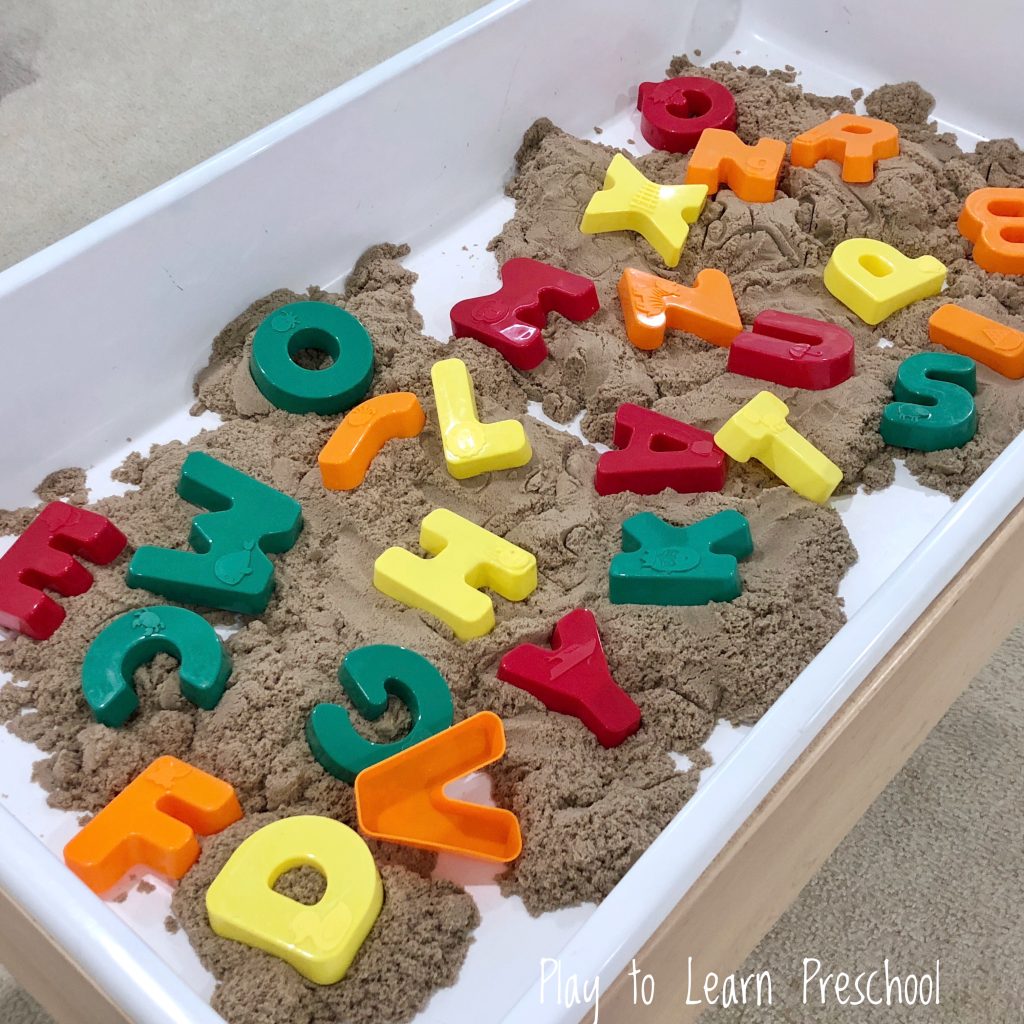
Building Nerve Connections
Research shows that as students actively engage in sensory play, it builds pathways between nerves within the brain. Strong connections are important as preschoolers work towards increasingly complex tasks. Sensory play also strengthens language development, improves problem-solving skills and supports cognitive growth. Using the letter molds in the kinetic sand reinforces letter knowledge at the same time as growing these important skills.
Cognitive Development
Children first learn about new things through their senses. Every time they encounter a material in the sensory bin, they learn a little more about it. For example, if they are exploring colored rice, they learn about the sounds it makes, how it pours, and how it feels in their hands. As they encounter other materials, such as dried beans, they form a connection with similar properties.
Improving Social and Language Skills
During sensory play with their peers, preschoolers observe how others use the same materials. Children communicate with each other different ways that they can use the material, and together will uncover new ways to shape, move, hold or manipulate a substance or object. They have to communicate to share materials, take turns, and navigate around the play of other students in a shared space. Students also have to follow very simple rules when playing with the sensory materials, such as “We do not put it in our mouth,” and, “The material stays in the bin.” Working within these parameters in an exciting center helps students gain self-regulation, a skill they transfer then to the classroom and beyond. Students using the letter molds discuss the colors of the molds, the letters that they are finding, and advanced students make their names and words by putting different letters together!
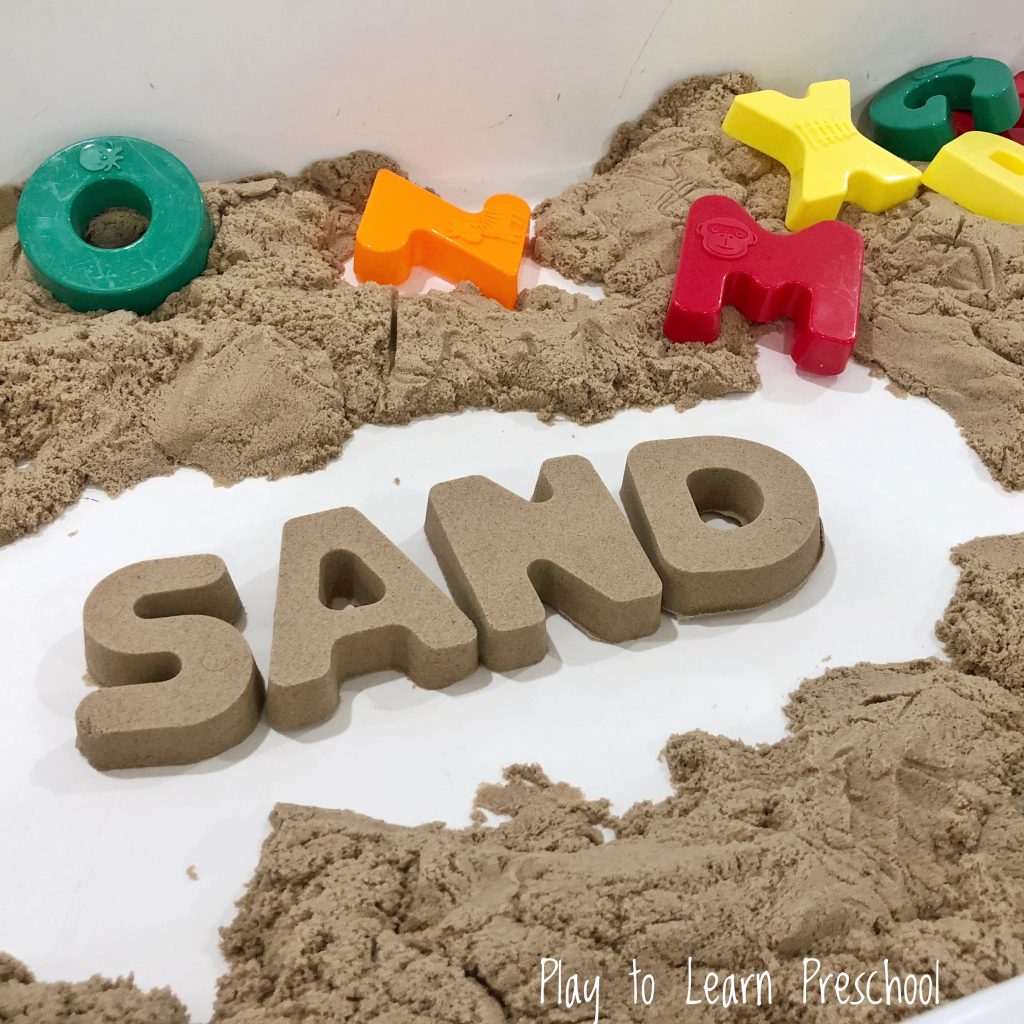
How to use the Letter Molds in Kinetic Sand
Simply introducing the molds adds a literacy component! Students will look for “their” letter– the one that starts their name. They will look for their friends’ letters and their siblings’ letters. They will try to build their name in sand.
These kinetic sand letter molds have little pictures that start with the corresponding letter. So they may also start to make a letter-sound connection too.
For more advanced learners, add laminated word cards to challenge students to meaningfully connect letters into words.
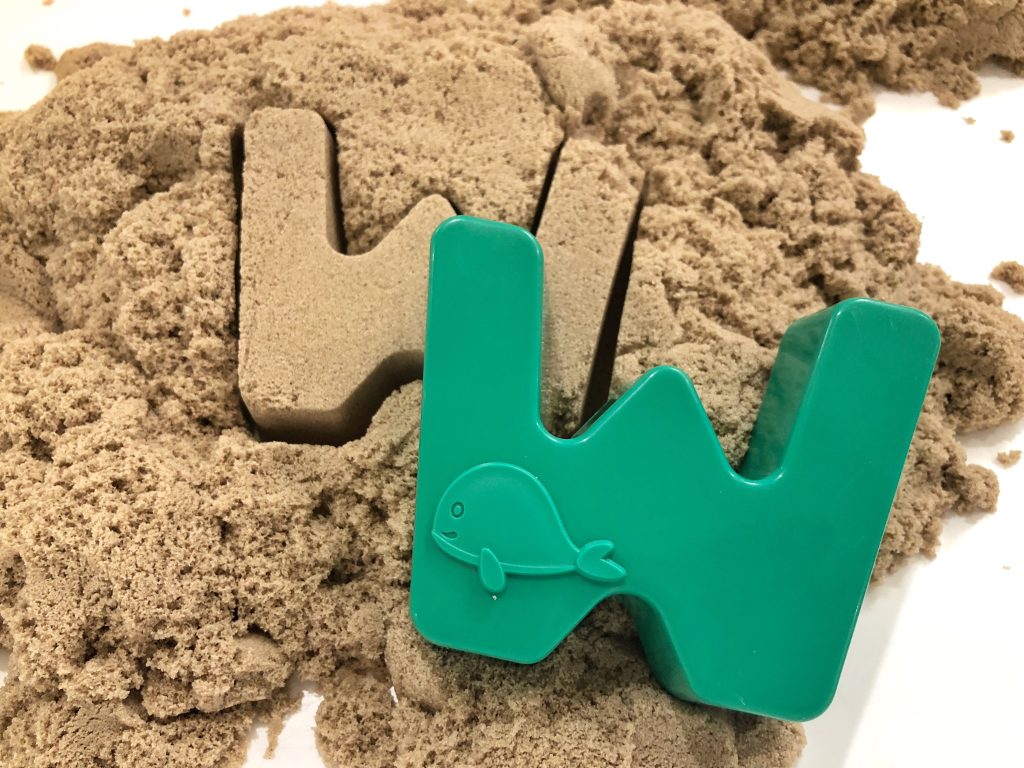
These letter molds came from Target (in the beach toys section). Any letter molds, alphabet stamps, or cookie cutters would work well with kinetic sand.
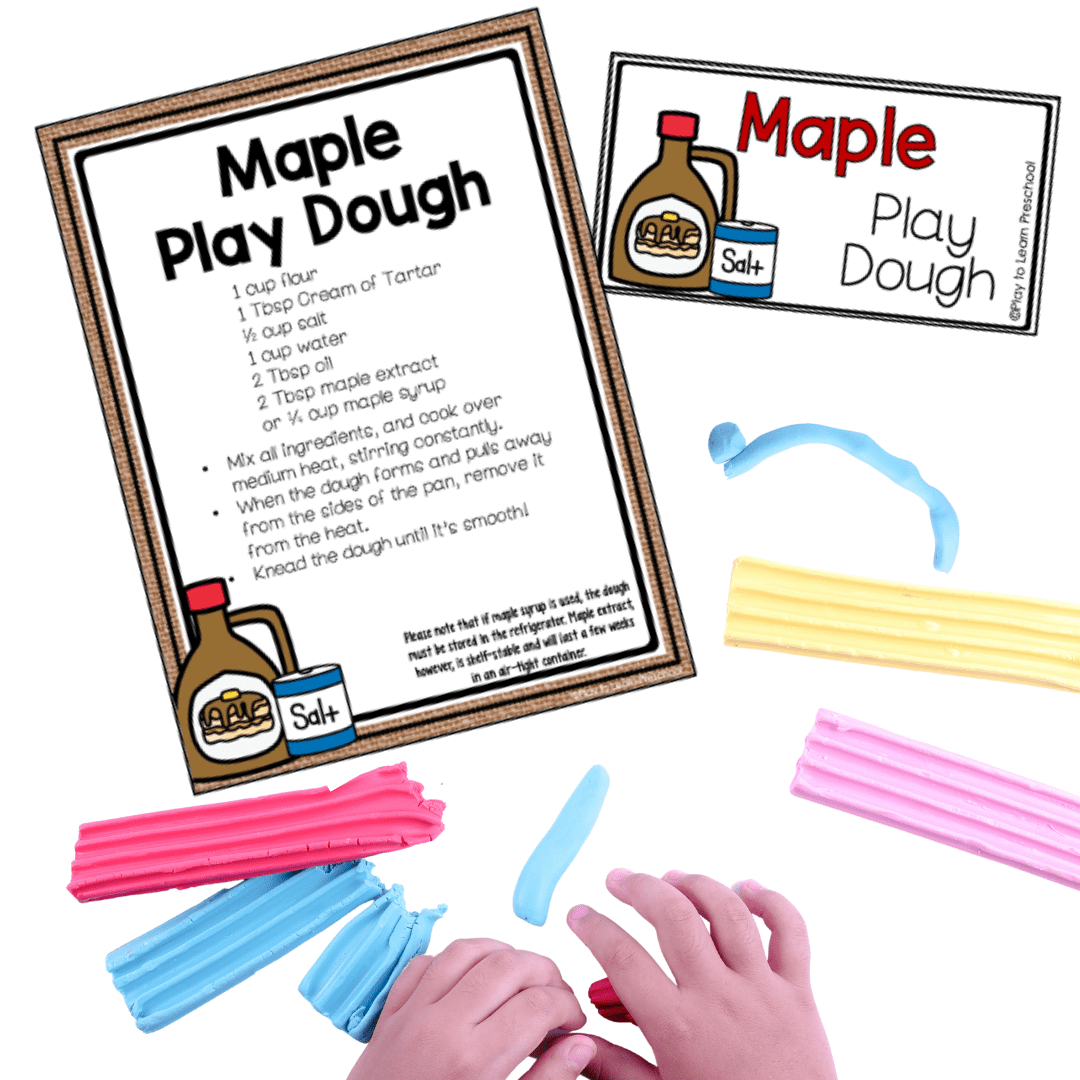
FREE Play Dough Recipe Book!
Play Dough is the perfect tool for developing the hand strength and fine motor muscles necessary before young children are able to write!
After you subscribe, you will be redirected to the FREE Play Dough Book. We respect your privacy. Unsubscribe at any time.
Looking for more Literacy and Sensory Learning Centers?
Alphabet Matching Sensory Table –
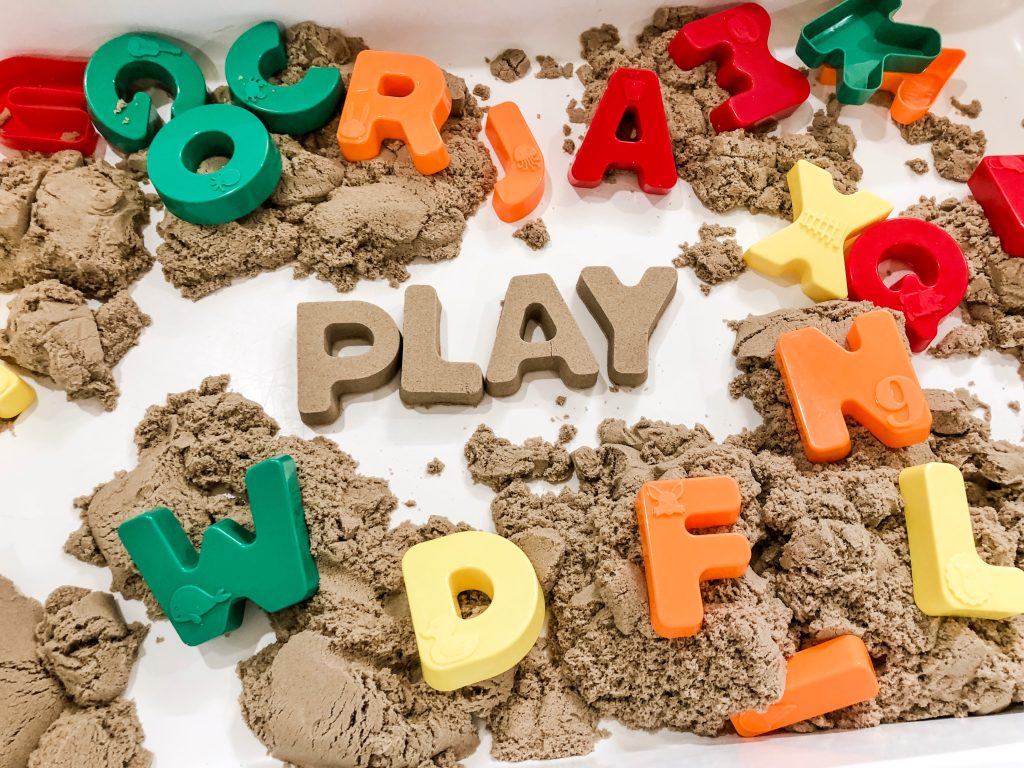 Why is sensory play important?
Why is sensory play important?